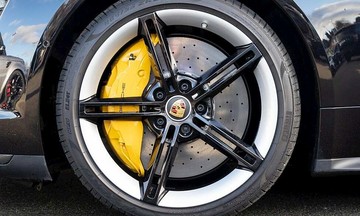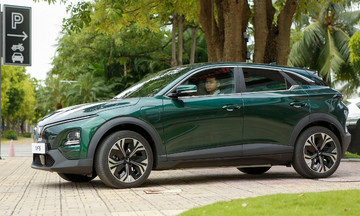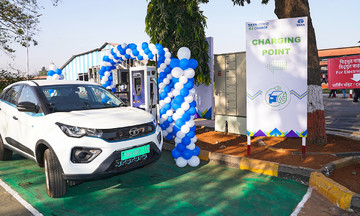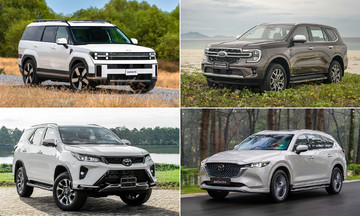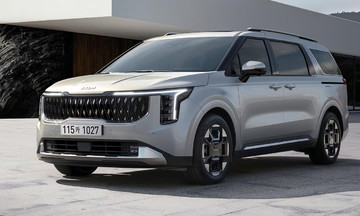With pedestrian and cyclist fatalities in the US up 37% and 42% respectively over the past 25 years, researchers are taking a closer look at the roadway factors contributing to these increases. One key factor emerging is limited driver visibility, significantly affected by changes in vehicle design.
A new study from the Insurance Institute for Highway Safety (IIHS) reveals that driver visibility is decreasing as vehicles become larger and more complex in design.
The IIHS analyzed 17 vehicles from six different model lines, including the Ford F-150, Chevrolet Suburban, Honda Accord and CR-V, Toyota Camry, and Jeep Grand Cherokee, with model years ranging from 1997 to 2023. Each vehicle was fitted with a 360-degree camera system at the driver's eye position to simulate real-world visibility. The results showed a shrinking field of vision from the driver's seat, creating more blind spots and making it harder for drivers to see surrounding objects.
Specifically, within a 10-meter radius around the vehicles, visibility in SUVs decreased by up to 58% compared to the same models from over two decades ago. The Ford F-150's visibility decreased by 17%, but the IIHS noted that the truck's visibility was already poor in 1997. Sedans fared better, with decreases below 8%.
 |
The 1997 Honda CR-V in the US market. Photo: Carscoops |
The 1997 Honda CR-V in the US market. Photo: Carscoops
The Honda CR-V showed the most dramatic decline in visibility. In the 1997 model, the driver could see 68% of the area within a 10-meter radius in front of the vehicle. By 2022, this had dropped to 28%. The Chevrolet Suburban also saw a similar decrease, from 56% to 28% in the 2023 model. The Honda Accord and Toyota Camry experienced the smallest visibility reductions, with negligible differences.
David Harkey, president of the IIHS, stated that the widespread decrease in visibility among SUVs is concerning and warrants further investigation to determine if it's a contributing factor to the rise in pedestrian and cyclist fatalities.
According to the IIHS, the primary causes are increasingly higher hoods and larger side mirrors. These design changes obstruct forward visibility and views around the vehicle’s corners, making it harder for drivers to spot nearby pedestrians or cyclists.
Becky Mueller, senior research engineer at the IIHS, noted the study's significance, particularly given the growing popularity of SUVs in the US market. If further research confirms this trend, it would suggest that reduced visibility is exacerbating the inherent safety risks associated with the tall, boxy front ends of SUVs.
This IIHS study serves as a reminder that vehicle design decisions, especially those affecting driver visibility, involve safety trade-offs. Growing awareness of this issue could encourage manufacturers to prioritize designs that not only make a visual statement but also enhance driver visibility.
Ho Tan (Carscoops)






